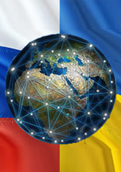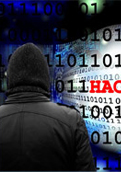A Step Beyond Sabre Rattling: Notes from the Ukraine–Russia Cyberconflict
Cyberconflict in Ukraine has become normalised in that it is focused, there is no lasting damage, and it effectively conveys a sense of helplessness to the affected government and population. At the same time, it signals to other governments that they are not impervious to such attacks.
- Cherian Samuel
- February 23, 2022













